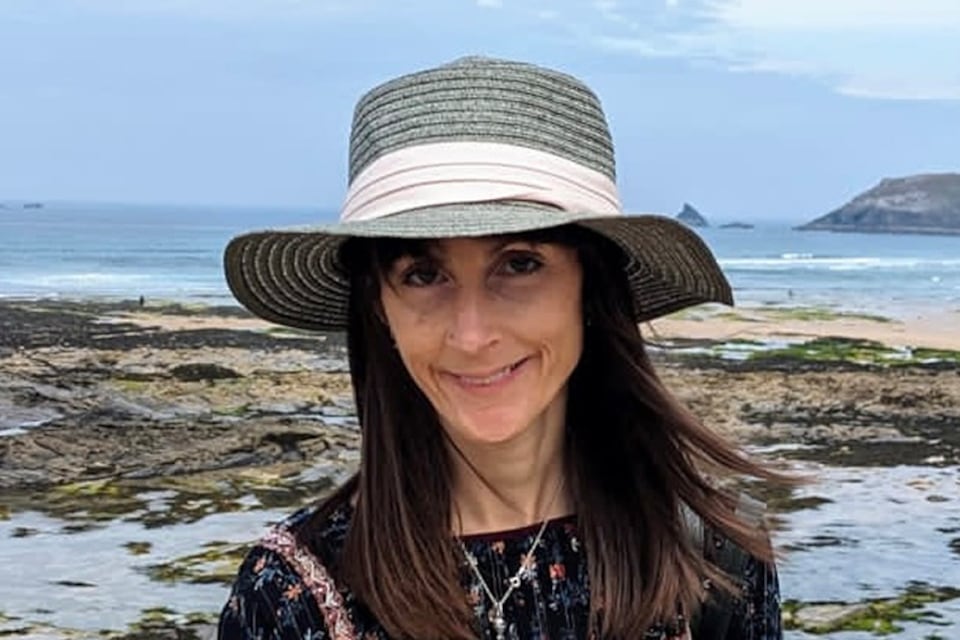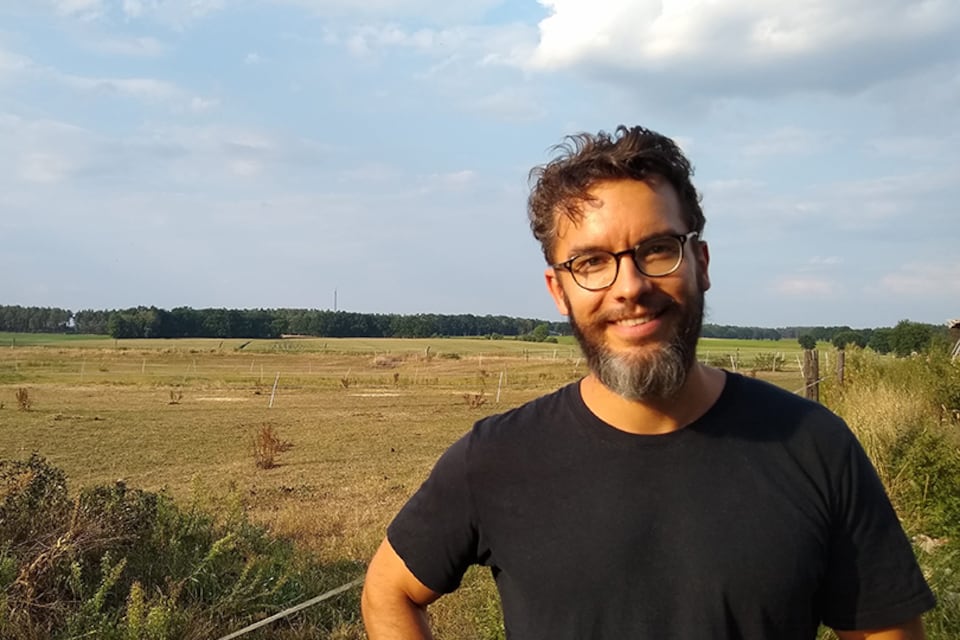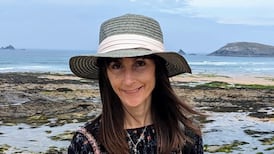Economic growth was stagnant for most of the history of humanity. It is only in the last 200 years that this has changed. From 1800 growth began to accelerate. It changed living standards and transformed societies.
In recent decades the consequences of this growth have become clearer. Dissatisfaction with living standards has become more acute. Costs are clearer, most evidently regarding our environment.
This has ignited a very modern debate about the nature of growth, and its impact on our society and on nature. These books are good examples of this examination of economic expansion.
Timothée Parrique has a clear vision for a profoundly different economy. It is “an economy rid of profit-driven production and its rentiers, with honest prices regulated by floors and ceilings that regulate around production costs; an economy of shared free services, where we do not have to own something to be able to use it”.
READ MORE
If this is a radical prescription, then the diagnosis is equally stark. In Slow Down or Die, the author argues that our most existential challenge is the actual growth of economies.
His book opens with an analysis of the shortcomings of the measurement of growth and the limitations of the concept of Gross Domestic Product (GDP).
The first chapter reminds the reader of the problems with this calculation. It measures “exchange value” by summing up the price of economic activity . If something does not have a price, then it is excluded. This covers, for example, voluntary activity and the costs to nature of pollution.
This work argues that the pursuit of economic growth is catastrophically misguided. That is due to the ecological, social and political consequences of economies that increase in size.
Little space is devoted to analysing the relationship between economic growth and climate change. Instead, Parrique argues that the decoupling of growth in carbon emissions from the expansion of economies is “rare and deceptive ... and always of insufficient magnitude”.
He argues that there is a similarly corrosive impact on human nature. “The more markets there are, the more we see markets everywhere”, which commodifies and dissolves our social fabric.
However, market economies have existed within democracies for centuries. Many citizens within them still aspire for better public service and recognise the role of the state.
This book contends that the harm is so severe that the only option is a radical change in direction for economies.
The author argues that “There is no need to grow the economy as a whole, we simply need to share”. However, this is more than an agenda of redistribution. We should create a “steady state” economy that produces and consumes less and less.
A transition path is proposed. Legal rights should be granted to nature. Every company should have a “production mission, which justifies to the public what its activity consists of and why it is useful to the satisfaction of needs”. The mere purchase of the goods or services that a company produces is not enough to signal support.
Slow Down or Die identifies a civilisational challenge: can we support economic development while avoiding environmental disaster?
It is an understatement to write that this book proposes an ambitious agenda. The most pressing question is whether this agenda is credible and achievable?
It is not.
The author would no doubt argue that I am a prisoner of the very system that should be overturned. If a revolution were to occur, my prospects would not be great. However, the issues with this radical transformation are too serious to be easily dismissed.
An aspiration to, at least, maintain living standards is an instinct held by most. No policymaker has reconciled this ambition with reducing the size of an economy.
The transition to economies that emit lower levels of carbon emissions is mild in comparison with the change to deliver a “steady state” economy. Austerity rarely meets with the approval of the modern voter.
If voters are unlikely to vote for this agenda, then it raises a serious question of whether contemporary democracy would be able to deliver the “degrowth” agenda.
There is a whiff of privilege about these proposals. How can they be advocated to the developing world; to those economies that are not major contributors to climate change but depend on growth to lift living standards?
It is to the credit of the author that he lucidly describes our most acute challenges and offers a detailed policy plan. He acknowledges the serious questions about his solutions. They are not convincingly answered.
On Natural Capital also argues that we must change how we measure and lead our economies to better recognise the impact on the sustainability of our world.
Partha Dasgupta argues that “Climate change is a remote, seemingly abstract problem, whereas biodiversity loss is often local and tangible”.
He is the author of a famous report commissioned by the British Treasury. Entitled The Economics of Biodiversity, it argues that the health and extinction of species required greater recognition by economists. The aim of his new book is to introduce the ideas of this report to the general reader.
The biosphere was not adequately recognised in the models of economic development that were developed in the 1950s and ‘60s. This was mainly because the growth in the global economy did not fundamentally threaten the diversity of species on our planet.
This has now changed. The global population has grown from 2.5 billion to more than 8.1 billion. Our economies have increased by more than 15-fold.
A fundamental reconsideration of nature is now required. Dasgupta contends that it has two vitally important qualities, attributes that are critical to the functioning of our world.
First, the harvesting of goods from our ecosystem that allow the sustainable development of life. This includes food, fuel and healthy soil.
Second, nature regulates our living environment. This happens in many ways. Examples include the control of land erosion and the influence of temperature.
These functions should complement each other, they should contribute to a natural sustainability that could accommodate the flourishing of many species, including humanity.
The author argues that humanity has always had an impact on nature, however “what is different today is the unprecedented speed and magnitude of those changes”.
This is measured through the development of a concept called “the impact inequality”. Dasgupta describes this idea by equations. The good news is that this algebra is brief.
It points to the fundamental relationship between the economic output of a growing population and the ability of nature to regenerate. If the growth of an economy is faster than the capacity of a biosphere to recover, then our future becomes very bleak.
The value of this framework is that it allows the assessment of different policies that influence outcomes. Health and education policies can shape population growth. Economic policies can change productivity levels. Conservation measures can influence the regeneration rate of nature.
Dasgupta also points to the importance of the pricing mechanism in creating our future. Markets do not always accurately price that which is most important – nature, health.
This is also identified by Parrique. He develops it by introducing the concept of “common property resources”. This a natural resource where access is shared among a community.
“Transactions involving their products are mostly not mediated by market prices” and they have “deteriorated in recent years in many regions of the world, further impoverishing the inhabitants that remain there”.
On Natural Capital powerfully reminds economists that nature is not a dormant asset, passively accepting the decisions of economies. It is a powerfully active and precious asset that should always be considered in economic theory.
This book does not entirely escape the reach of academic theory. But even in the most abstract passages, when references to other more academic works might test the patience of the general reader, the righteous passion of the author can still be felt.
These works are unlikely companions. They both identify the profound challenge that is confronting economic and climate policy. The performance of modern economies rarely meets the approval of societies. Living standards are not growing at an adequate pace. Homes are not affordable. Poverty is suffered by too many in our world.
As policymakers act on these challenges they must address a new reality. That is about the faltering consensus regarding the importance of climate change and the measures that are required to slow environmental decay and mitigate against the greatest harm.
Slow Down or Die demonstrates the difficulty of this debate. On Natural Capital is more successful in providing a framework for realistic, but still incredibly demanding, policies.
[ Sally Rooney: When are we going to have the courage to stop the climate crisis?Opens in new window ]
The passion of Parrique simmers on every page. The urgency from Dasgupta is a little bit subdued by a slightly more academic tone. However, his deep expertise and wisdom will be of benefit to any reader.
To read either of these books may only confirm previously held views. To read both books is to be educated that our challenge is not just the interplay between economic and climate policy but also how we can rebuild a consensus on how to act.
Further reading
Not the End of the World by Hannah Ritchie (Vintage, 2024). A gifted data scientist and storyteller, Ritchie makes the case for what positive change had delivered and a passionate encouragement to keep going and not give up. This book abundantly supplies optimism at a time when it is sorely needed.
Growth: A Reckoning by Daniel Susskind (Allen Lane, 2024). This is the best modern assessment of the necessity, benefits and costs of economic growth. An excellent summary of all the key debates, it lucidly describes the trade offs and challenges that policymakers must address.
Supercharge Me by Eric Lonergan and Corinne Sawers (Agenda, 2022). A work that is both relentlessly realistic and positive. It analyses what governments, businesses and individuals have already achieved. This book draws lessons that will accelerate the transition of our economies to a lower carbon future.
Paschal Donohoe is the Minister for Finance and President of the Eurogroup













